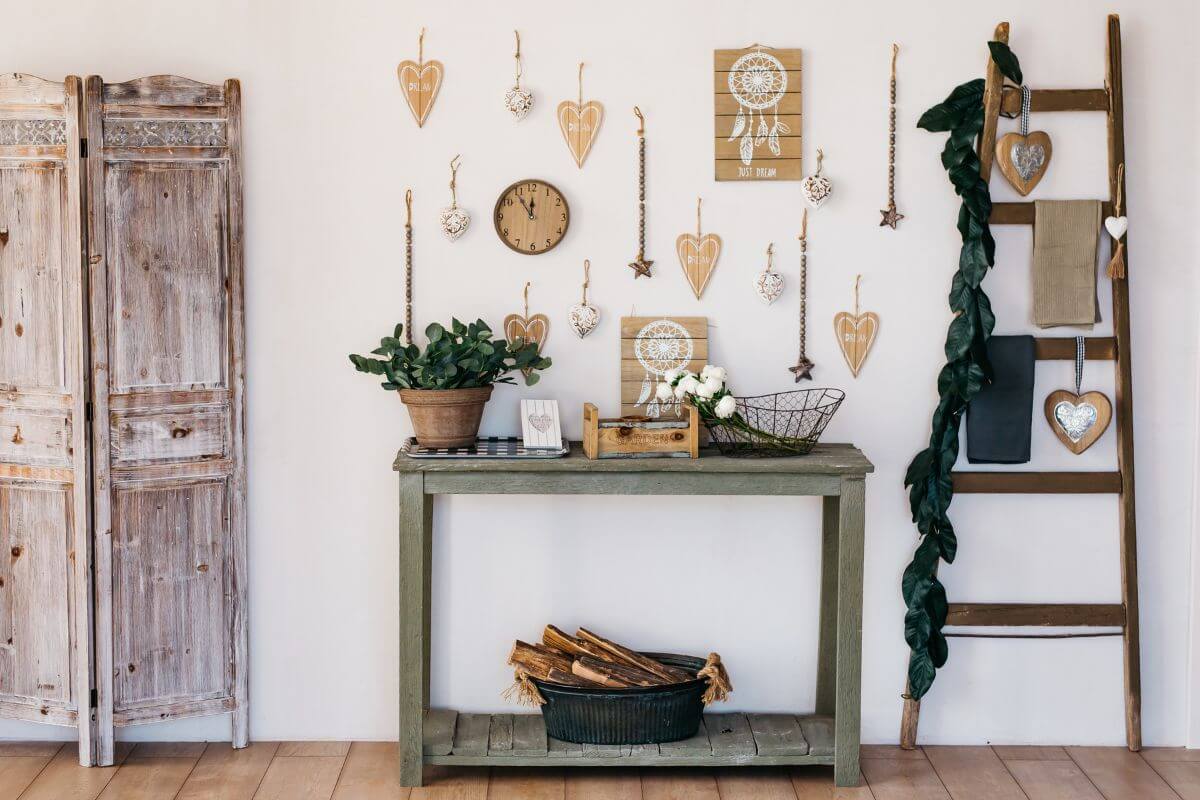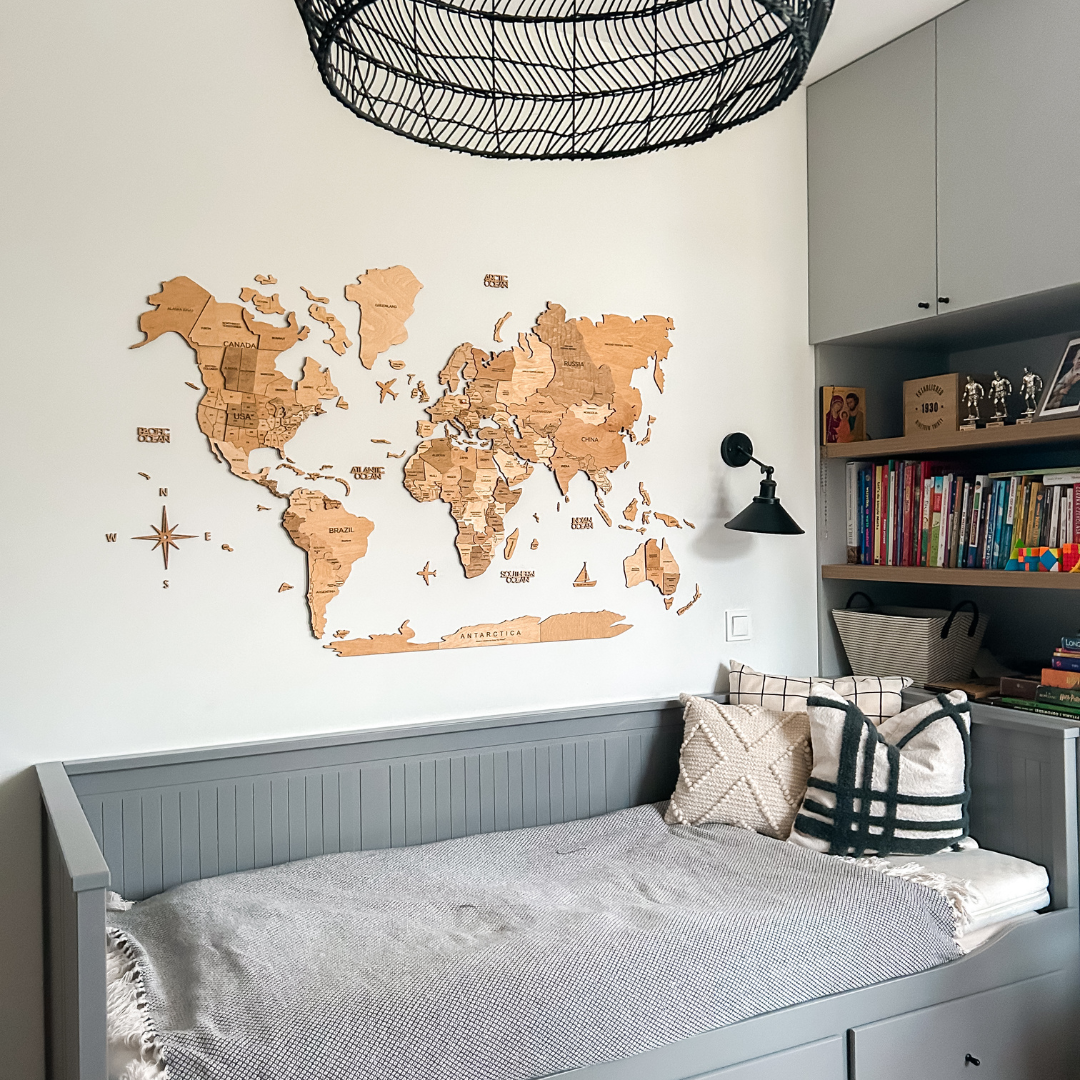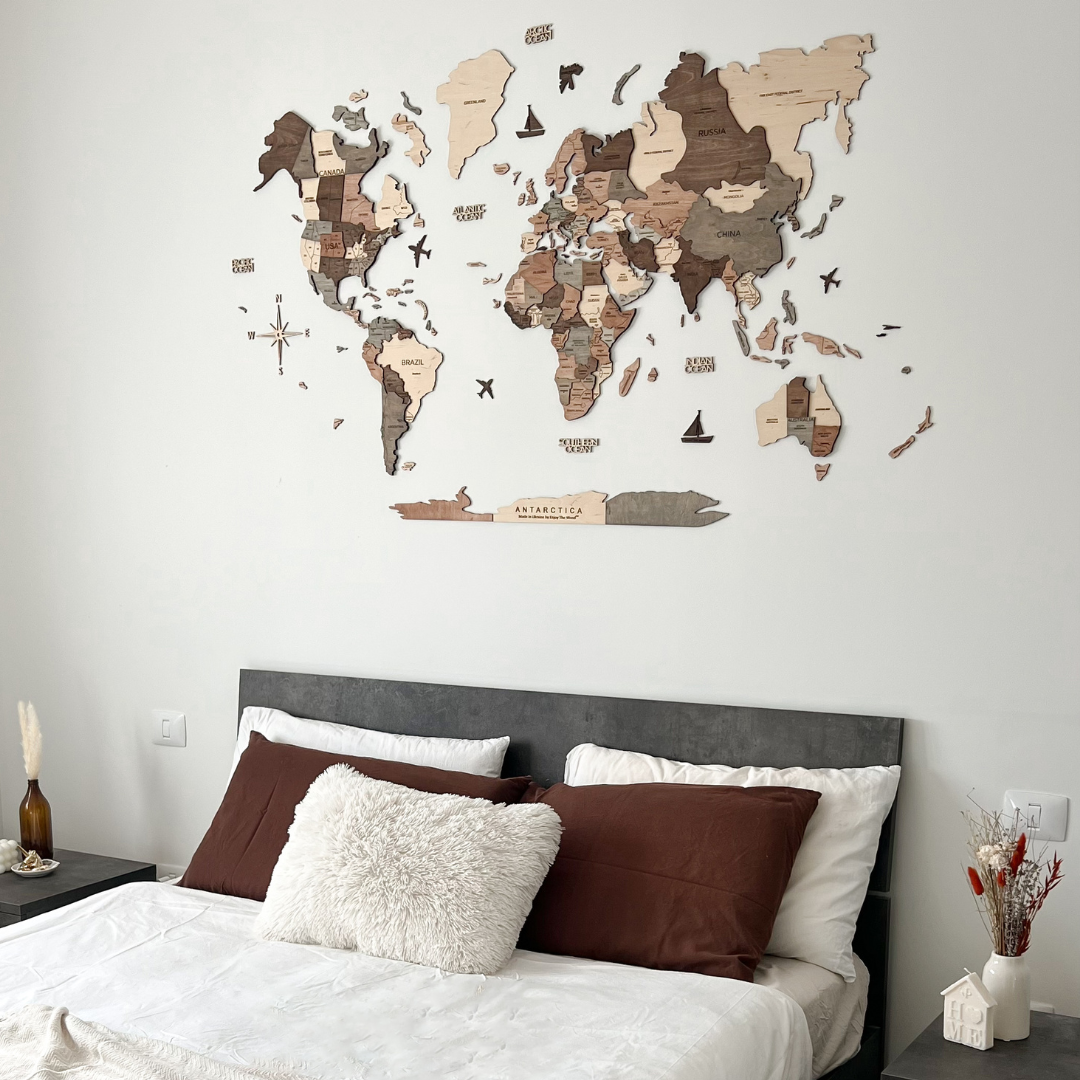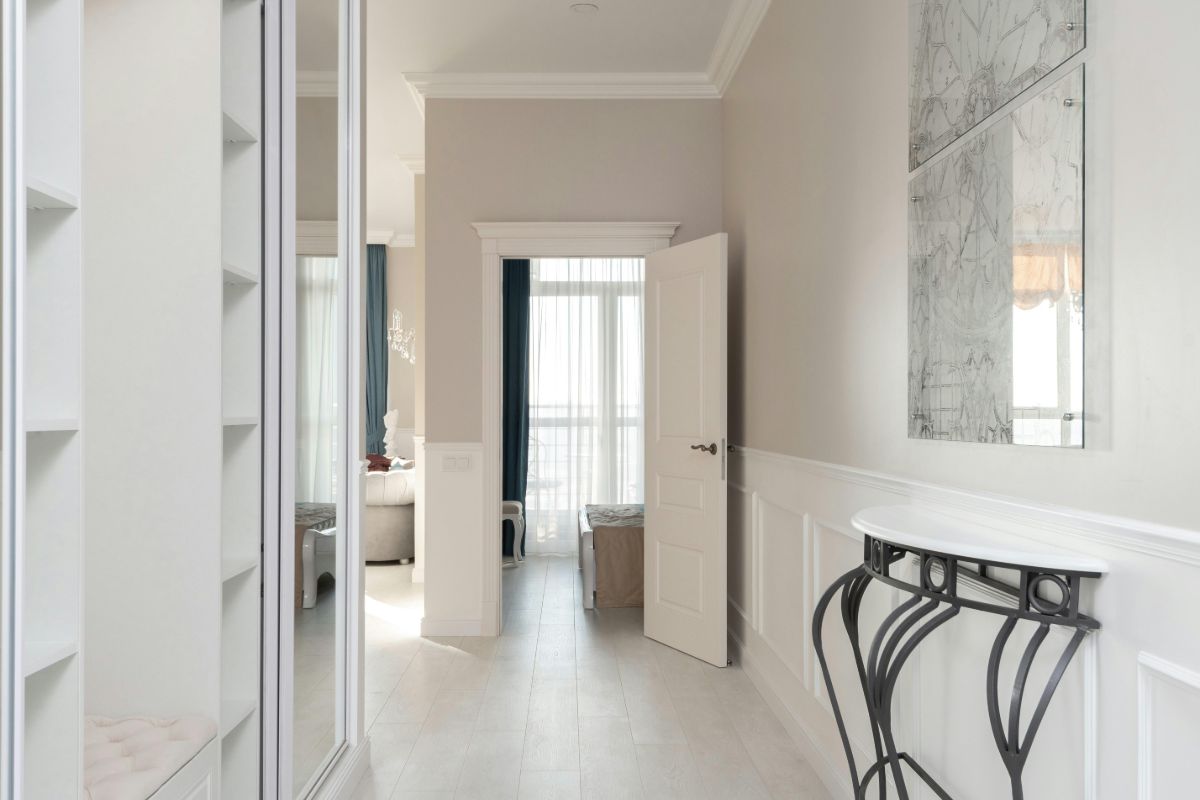Photo by Ketut Subiyanto from Pexels
- Polish up the Basics
- Follow the 60-30-10 Rule
- Get as Many Samples as Possible
- Test All Options
- Pick Your Favorite Palette
- Size Matters!
- Surf Social Media
- Think of Feelings You’d Like to Trigger
- Talk to an Expert
- Benefit from Techs
- Experiment
- Top Mistakes to Stay Away from
What color should I paint my room? Well, with the wide assortment of options available out there, it can be a real challenge to pick the right hue for a home interior. Chances are you not only wonder how to choose a wall color but also how to select the shades that will add personality and style to the room, as well as work well with the furniture. At Enjoy The Wood, we’ve been in your shoes! That is why we have some tips and tricks below to help you along the way.
No more words…
Polish up the Basics
Before you dive into the abundance of swatches that help choosing paint colors, get a (better) idea of the basic color theory. First of all, keep in mind that three categories of tones exist:
Warm. Oranges, yellows, and reds are in the category. When looking for ways to create an inviting and cozy ambiance, these shades rock.
Cool. Purples, blues, and greens fall into this set. Known for serene and calming effect, the shades are perfect for bathrooms and bedrooms.
Neutral. Beiges, grays, and whites are neutral and versatile. If mixed with cool and warm hues, they guarantee a harmonious and well-balanced atmosphere.
Follow the 60-30-10 Rule
If it’s the first time you wondering how to choose paint colors for your home interior, this basic rule will help create harmony in your home. Here’s the thing: 10% of your room should be an accent color, 60% of the dominant shade, and 30% – the secondary hue. Typically, this rule provides you with a dominant color on the walls, a secondary one on the floor or upholstery, and an accent hue in the form of works of art or any other accessories.
Get as Many Samples as Possible

At EnjoyHome, we’ve gathered inspiration from homeowners who are eager to know the science of home design. And those who need to know how to choose paint colors should take the next step – purchase samples. As many as possible! When you have all of your favorites at hand, hang each up on the wall. Spend some time with each. Check them today and tomorrow. In the morning, during the daytime, and when the night falls. Chances are you may get tired of the color you thought to use before and go for an unexpected shade.
Test All Options
You may not even realize that the kind of light your room gets can make the same paint look totally different. As we’ve already mentioned above, take your time to see how the light in the setting will alter the chosen shade before you commit to it. See how natural light changes the ambiance and how artificial lighting brings out the tones in the chosen color.
Pick Your Favorite Palette
If you wonder how to choose paint colors for your home and keep up with trends…stop! When buying paint for your room (or the whole apartment/house), no need to worry about being en vogue. Just go for something you love. Even if your favorite hues are totally out of style, they will always be à la mode in an interior that resonates with you.
Size Matters!

Photo by Curtis Adams from Pexels
The room’s size is one of the key parameters impacting the choice of the palette. When thinking, “Should I paint my living room dark or light?” remember that making a small setting feel (and look!) more open and airier is possible by means of light colors. At the same time, darker shades are used to add more comfort and warmth to a large and sterile environment. If it’s a dark interior that makes you feel in all your glory, use dark paint in a well-lit and large enough setting or as an accent wall only if the room is small.
Surf Social Media
It’s not an official rule, of course, but it’s a nice option for those who feel stuck and lack inspiration. Use sources like Instagram, Pinterest, and Google for paint color ideas. But make sure you do not trust social media too much. The truth is all images out there tend to look too good to be true, and chances are you may end up frustrated that no real-life option looks alike.
Think of Feelings You’d Like to Trigger
Think of Feelings You’d Like to TriggerYou will know how to pick interior paint colors if you decide on the mood you would like to achieve in the process. How would you like to feel when you walk into the room? Are you looking to create a place to relax and unwind? Greens and blues will help! On the other hand, warm hues will boost your energy and help you feel more engaged.
Talk to an Expert
If you do not know how to pick paint colors for your home and stay sane, let a professional do the job. A qualified guru will provide you with the most suitable variants and help you choose the best mix for your particular interior. However, before you get to talk to an expert, do some homework: have a list of ideas that inspire you to let them know what direction to move.
Benefit from Techs
One of the modern options that shouldn’t be overlooked! Use apps available online to check out how a particular paint may look in your setting. Use digital technology to see how different tones work together.
Experiment
Never be afraid of experiments when it comes to choosing paint colors. After all, it is one of the fastest and easiest ways to upgrade the setting. In other words, if you do not like the final result, you can change it easily. Begin your work in a small space first. Or, as an alternative, start working with an accent wall if you’re afraid of making a design mistake. If it works in a small space, you will feel more confident to pick the paint for the next, bigger room.
Top Mistakes to Stay Away from
When picking the most suitable hue, keep in mind that everything mentioned below is taboo:
- You pick the tone of the paint first. Wrong! When in the middle of the designing journey, do not start by choosing the paint color. Instead, focus on picking things like artwork, fabrics, rugs, and other items before anything else. Trying to match all those items to the paint will turn into a disaster.
- You make your choice at the store. If your scenario involves choosing one tone among tons of swatches and taking it home straight away, be ready for a fiasco. You will most likely end up discovering the shade you’ve chosen looked better in a store than it does in your room. We’ve mentioned it before – do not be in a hurry; grab those swatches, take them home, and let time do its thing.
- You ignore the flow between rooms. You will make your home interior look chaotic if you select colors without considering how they’re going to flow from room to room. There’s no doubt that every space can have its palette; however, a sense of harmony is a must. The solution here is to use a consistent scheme to guarantee continuity throughout your setting.





















Leave a comment
All comments are moderated before being published.
This site is protected by hCaptcha and the hCaptcha Privacy Policy and Terms of Service apply.